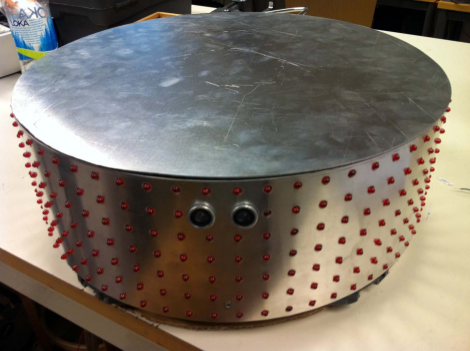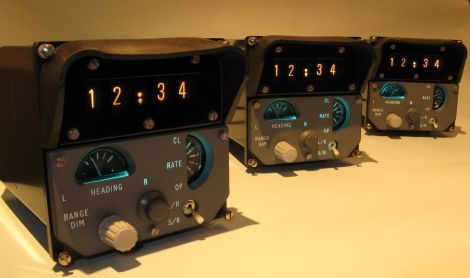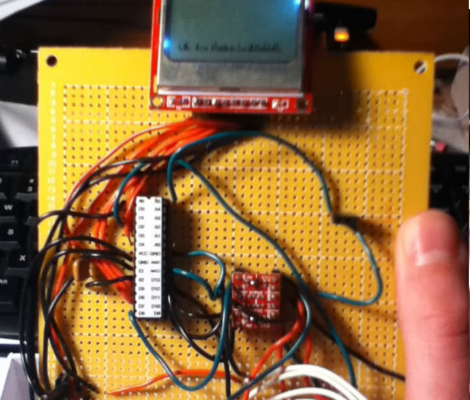The 4DOF CXN-I anthropomorphic robot arm in the Mechatronics Lab at FICES-UNSL (Engineering faculty, San Luis National University, Argentina) was built from scratch, and it is still a work in progress to teach and learn about mechatronics , in order to build another, more robust and precise arm in the future. When one of the students working with the device thought “hey, these motors are quite noisy, aren’t they? let’s put them to work towards something more useful”.
Armed with some guitar tabs, a robot and some noisy servos, [Guille] got the robotic arm to sing a little song raised a couple of octaves, and included it in the introduction video. Because hey, whipping a metal arm around like that is pretty mechanically strenuous, and its not all that great for the servos either.
Join us after the break for a quick video, the singing starts about 58 seconds into the show.

















